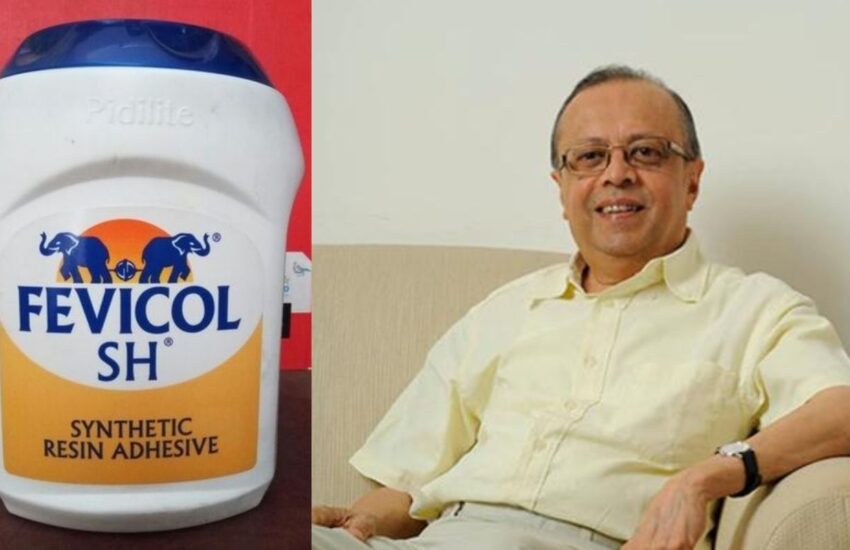Our Heritage : Our Pride, Our Identity :, WHY DO HINDUS CREMATE THEIR DEAD ?

Hindus usually dispose of their dead by cremating them. They hold the view that by burning the dead, the human body disintegrates faster into its basic five elements, the panchabhootas, when compared with other methods of disposing the dead. Also, the bacteria get burnt along with the body of the deceased. However, an infant up to age of fourteen months is either buried or given jal pravaha or immersion into water.
A umique feature of cremation is that Hindus carry out “kapal kriya”during the rite; the person performing the last rites opens up the burning skull with a bamboo to release the remaining locked pran or life in the brain of the deceased, thereby ensuring a quick disintegration into the panchabhootas.
The Manikarnika Ghat at Varanasi is a world renowned cremation ground that receives sixty to 100 dead bodies each day for cremation. It is said that the ghat has been in existence since the time of King Harishchandra of the Puranic days. To perform the last rites at this ghat, one is expected to take the eternal fire from the kund or fireplace, which, according to history, has never been put out in the thousands of years. No matchstick is used to light the fire at Manikarnika. The cremation ground at Delhi, the Nigam Bodh Ghat, on the banks of river Yamuna, is equally old, dating back to the times of the Mahabharat.
There are a few more scientific practices associated with death in an orthodox Hindu family. In the olden days, people attending to a dying person would immediately remove him from the bed when they realized that he was about to breath his last. The body would be placed on the floor or ground, with his feet towards the south. The science behind this practise was simple and clear. When a man dies, the life force or vital energy – a subtle electrical discharge – leaves the body and he dies peacefully. Since the floor or ground is a good conductor of electricity, placing the body thus helps the vital energy to leave the body quickly and the man dies with no or little discomfort. In the past, beds and cots were made of wood and bamboo, both of which were bad conductors of electricity. Subsequently, when allowed to remain on the bed or cot, the dying person would face a great deal of anxiety and difficulty as the release of vital force from his body would get delayed. The body was placed with its feet towards the south so that the polar gravitational pull works on it and eases the quick and smooth release of vital energy from the dying person.
Another practise prevalent in orthodox families is that after cremation of the dead and before leaving the cremation ground, the mourners are supposed to chew a few leaves of the neem tree for a while and then spit these out. This is done to disinfect the mouth which is prone to be infected at cremation ground.
#hindu #cremation #heritage #aatma #pride #culture #sanskar #identity #funeral #pyre #fire

